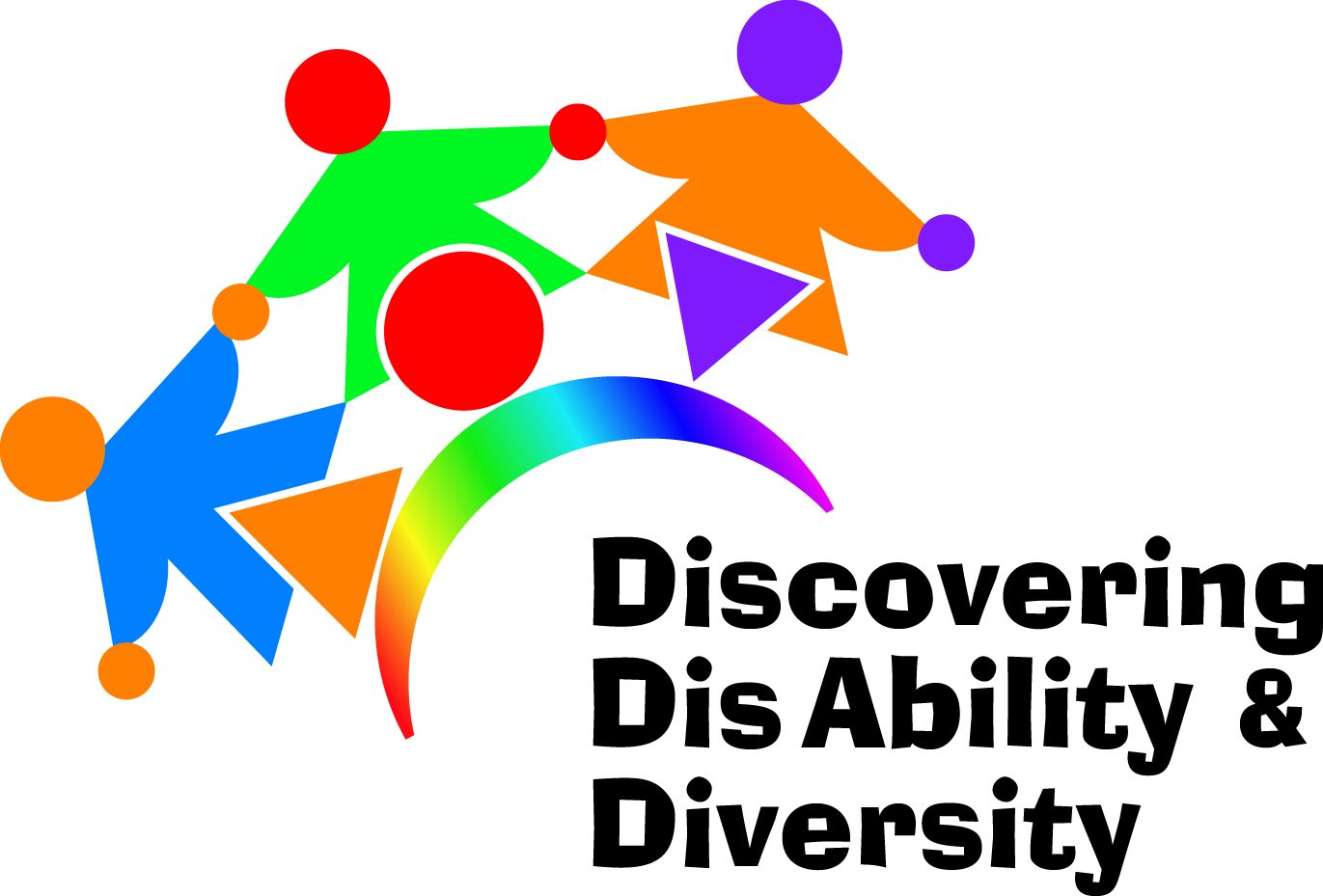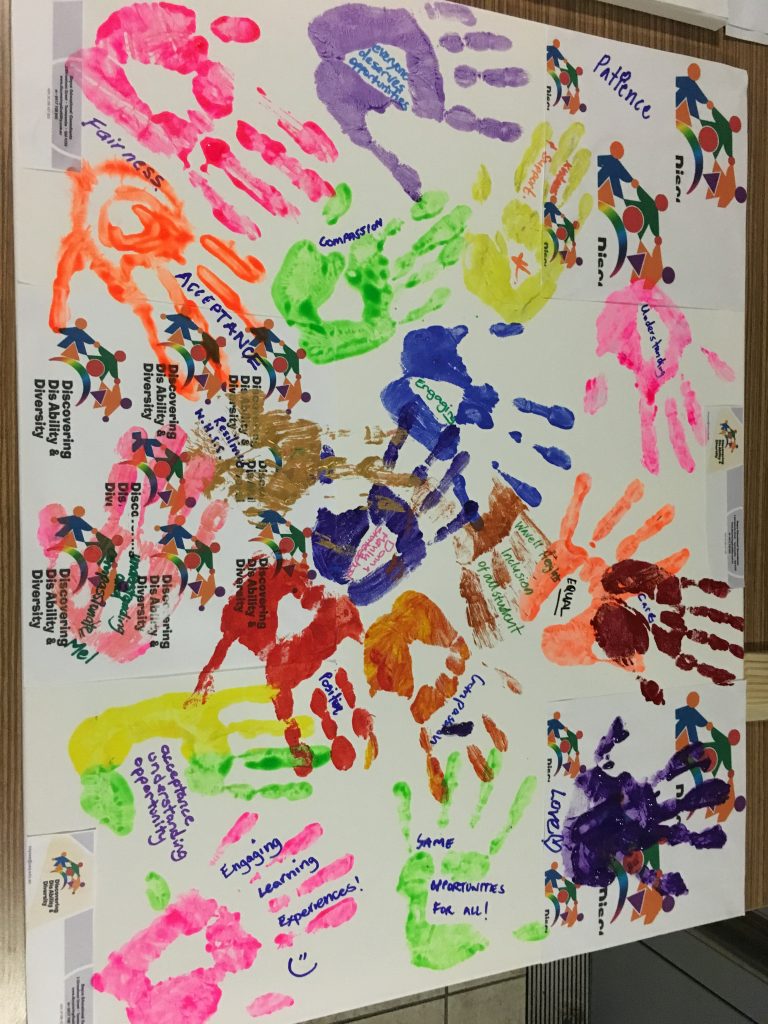School-based programs for Students
The program promotes the discovery of disability and diversity so as to enable all children across Queensland to experience disability and diversity awareness in their own school environment.
This program is designed to allow students to experience and explore a wide range of disabilities. Instead of just talking about issues like dyslexia and autism, and expecting children to understand and empathise, children can participate in activities that simulate what it is like to live with these disabilities. Children also experience physical disabilities. All students get to use a wheelchair to negotiate an obstacle course in their school.
There are various other activities that simulate vision impairment, deafness and mobility problems. After these disabilities are experienced and explored in the simulated form, the students then have small group discussions with the teachers who facilitate questioning and exploration on a personal level for the students. Existing opportunities in critical literacy, SOSE, and HPE will be explored to promote this inclusivity and diversity initiative, as well as to ensure that this program is co-curricular.
Objectives
- To further schools inclusive education policy of education for all.
- To create a process that responds to the uniqueness of participants, increasing Presence, Access, Awareness, Participation, Opportunity and Achievement of all individuals in a learning society.
- To welcome, accept, involve and support all learners, as full members of a learning society in all education communities.
- To link with Education Queensland’s 2010 plan, which states that the development and implementation of all Education Queensland policies and curriculum frameworks will be consistent with and support the above ideals of inclusive education
Session Format in Schools
The program can cater for up to forty people per session but the ideal number is thirty-five.
As the program is mobile, it can be set up almost anywhere. However the best layout is a large room with about eight groups of desks and a level outdoor area for the wheelchair activity.
The length of each session is approximately 90 minutes, however it can be flexible to fit with existing school timetables.
The session begins with a five-minute talk about the program, how it works, its purpose and how to approach each activity.
The participants are asked to form groups of four or five people and to choose an activity to start with. They should open the folder on the table and read the page that tells them what they need to do. They should then proceed to complete the activity. Each activity takes approximately ten minutes. Some are shorter than others. Once they have complete the task they should discuss the questions with their group and pack up and move to the next activity.
Once all the activities are completed the participants should all regroup and have a short debrief on what they discovered from the program and how they can follow up with further activities in the classroom or via the net.
Follow-on Activities
Teachers, students and other participants to find out more information, engage in follow up activities and enter competitions. Students can write about their experiences with the program
Staffing
A full-time registered teachers staff the program:
- Dr Sharon Boyce
Her broad experience and diverse backgrounds bring a depth to the program.
The classroom teachers are encouraged to participate with their classes and parents are welcome to attend as well.
Enquiries
To enquire or ask more questions please email me at boyces@usq.edu.au



